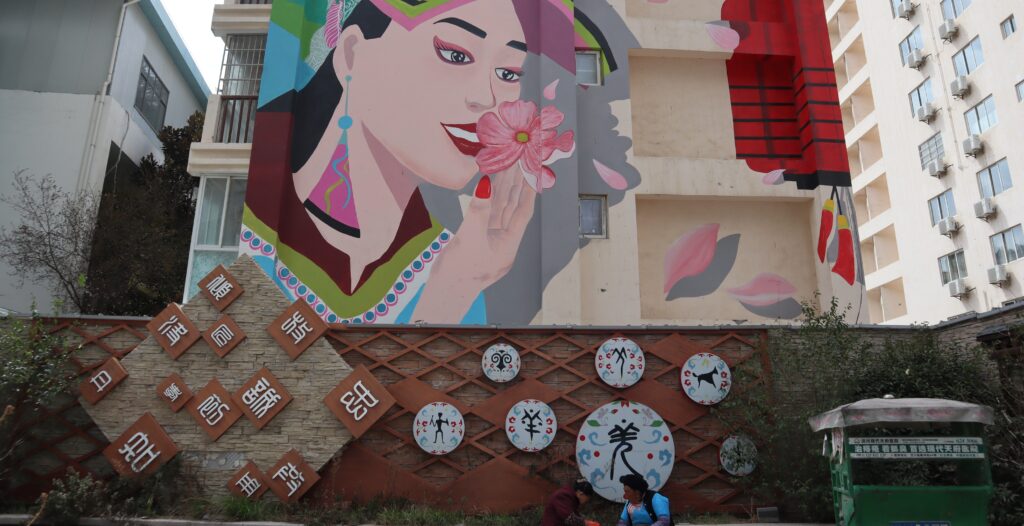

If one passes through the center of Wenchuan County (汶川县) today, most likely they will observe an assortment of modern infrastructure and investment. It’s material, obvious, and determined to be inviting. While not particularly expansive, it is rather developed, and there are enticing glimpses of brilliant design. Of course, the surrounding backdrop is stunning also–it is Abazhou (阿坝州), by all means. I have passed through this location on multiple occasions, either on my way to Maoxian (茂县), or back to Chengdu (成都). Big highway roads cut right through this core of the county (though the train line primarily operates through tunnels, preventing any views). Quite clearly, visitors and travelers are wanted in this part of the county. It’s colorful, with big displays and park spaces and superfluous paths and bridges.
Wenchuan is of course much more than its urban center. There is vast countryside around it. It is also of interest because, like its northern neighbor Maoxian, Wenchuan is a Qiang “cultural hotspot”. While Maoxian, by any sensible measure, is the “most” Qiang area of any — Maoxian’s population is 89% Qiang — Wenchuan has its own significant Qiang population (~40%). Thus, there is little surprise to see official Qiang landmarks and sites all around Wenchuan.
For what it is worth, there is an estimated 300,000 Qiang people living across all of China. Maoxian accounts for nearly one-third, more than 94,000 people, of that total. I consider Wenchuan, plus another county called Beichuan (in Mianyang), as the sources for approximately another 100,000 Qiang people.
Culturally, geographically, Maoxian and Wenchuan closely overlap in many ways. Wenchuan is perhaps a bit distinguished as it was the epicenter of the 2008 Sichuan Earthquake (which affected Maoxian to a lesser degree). A monumentally devastating event for the county, the earthquake also marks an inflection point in the region’s history. Following the substantial reconstruction effort, there was enormous investment poured in from China’s economic hubs — a large part of why some particular areas of Wenchuan have become so relatively developed.
But words only say so much, to witness the mountains and their villages is a far more effective, vivid format for describing these kinds of places…
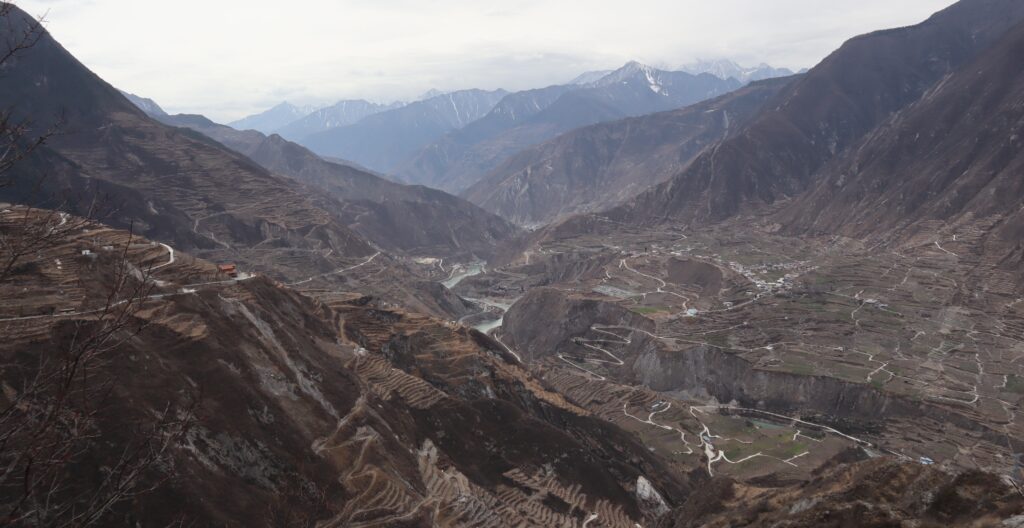
Up in these mountains of Wenchuan is one town specially known for its representation of Qiang culture and tradition: Luobozhai (萝卜寨). The town is perhaps the oldest and most famous Qiang town in Wenchuan. There is even a YouTube video claiming the town to be the “Capital” of the Qiang. While I hesitate to back the bold claim, walking through the town does feel rather noteworthy and convincing.
It has the trappings of any “true” Qiang village: the aging residents in traditional clothing, the mud & the stone, the twisting layout, the agriculture, the extensive resourcefulness, the modest attempts at preservation, the pre-industrial atmosphere, and the awesome mountains. There is also some set expectation for tourism here, based on decorations and exhibits, although that seems to have not panned out. Maybe it is the wrong time of year (it’s March) — visitors are quite few during my trip. The mountains have yet to turn green. Regardless, people still live here, but definitely not in great numbers. There are many locked up or abandoned residences. In the distance, more contemporary neighborhoods can be seen, certainly still of humble financing, but practical and in the process of expansion. Although I do not take a close look.
Luobozhai was like much of Wenchuan in that it suffered greatly from the 2008 earthquake. There is still plenty of evidence of the damage from the event, despite the town being reconstructed and redeveloped. I also take note of a considerable volume of old foundations that supposedly were homes until 2008. Now they are plots for farming, gardening, storage. Their walls match the homes that stand today.
We interact with one lady in the village. She asks if we are interested in buying some honey. A big gooey bucket of it sits inside her home, sourced from somewhere up the mountain. I guess beehives are farmed here too.
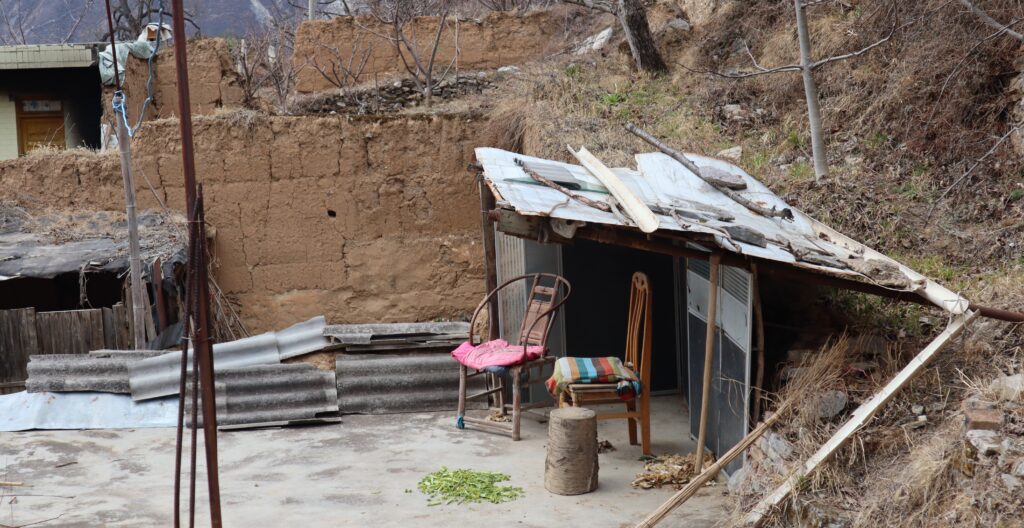
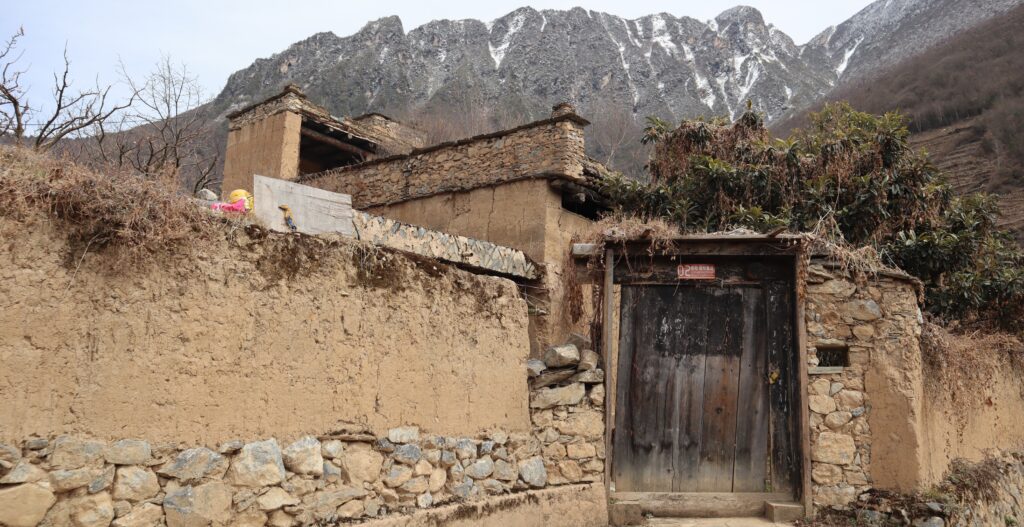


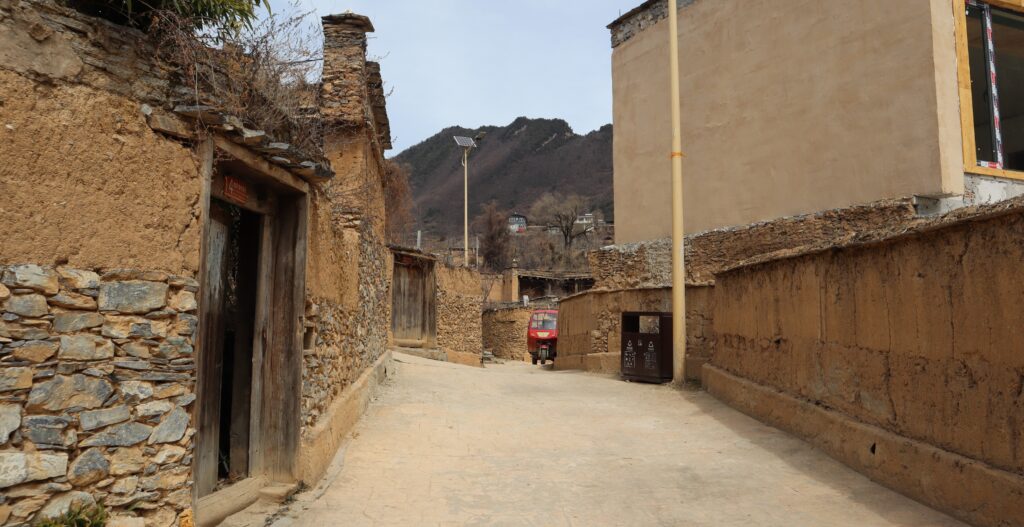

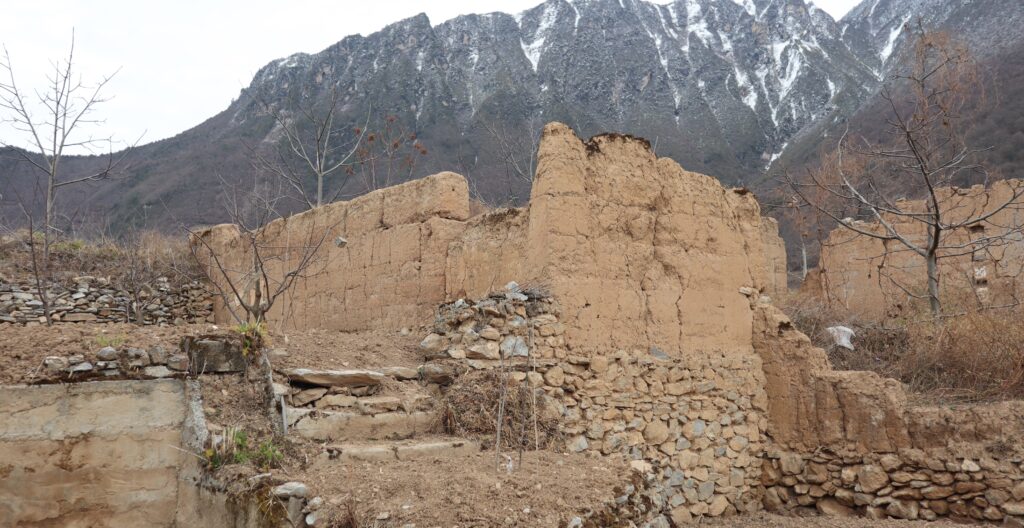
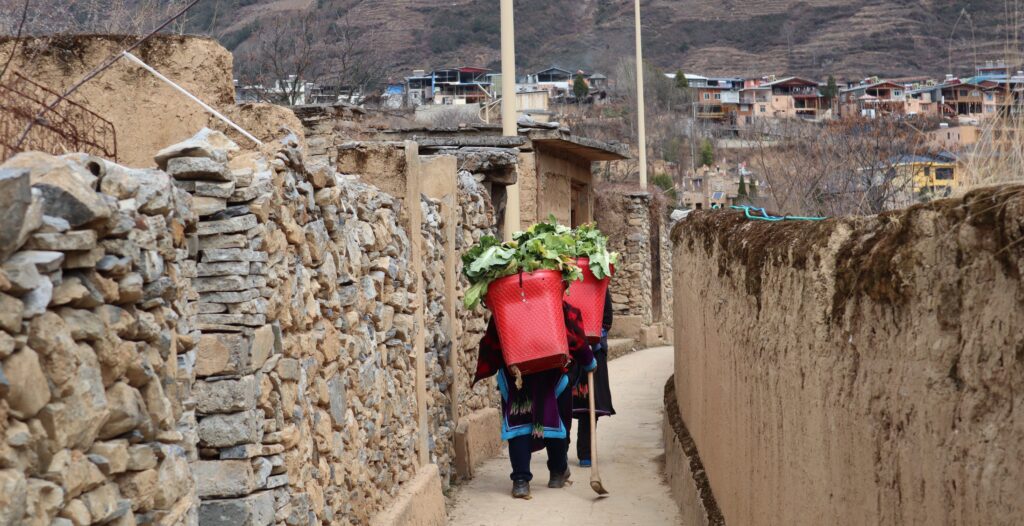
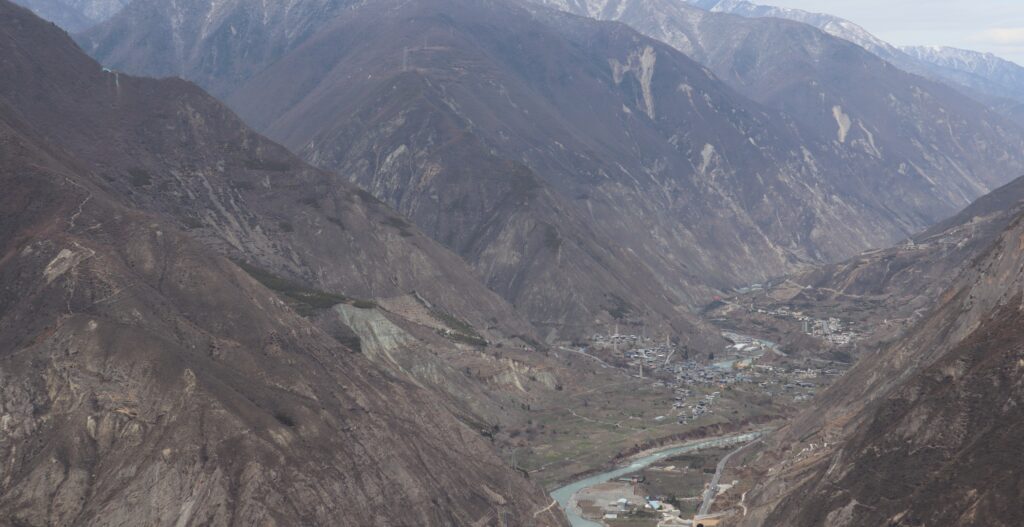
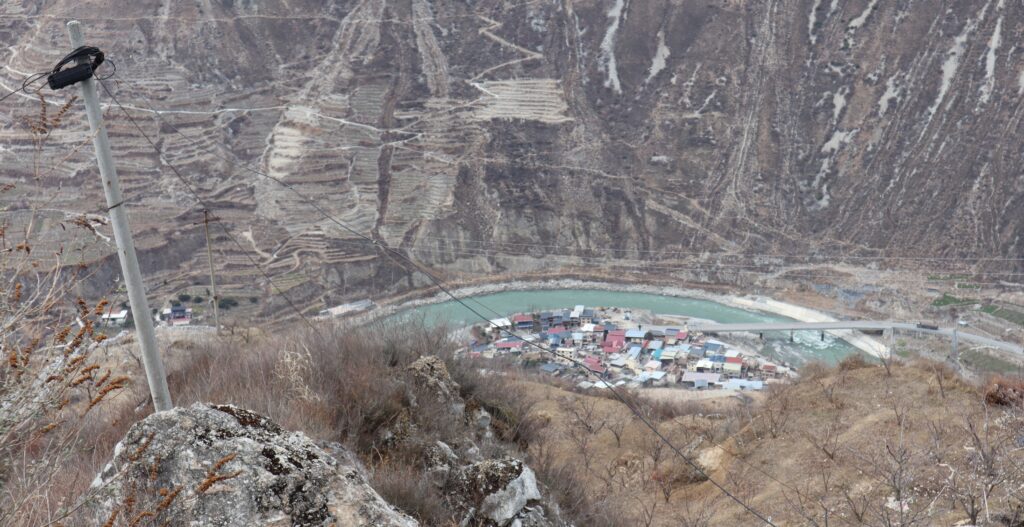
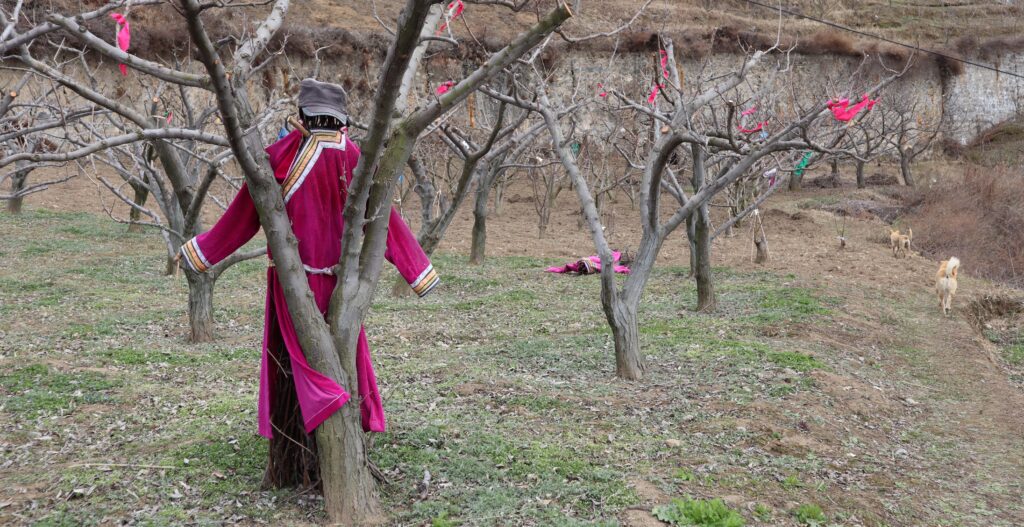
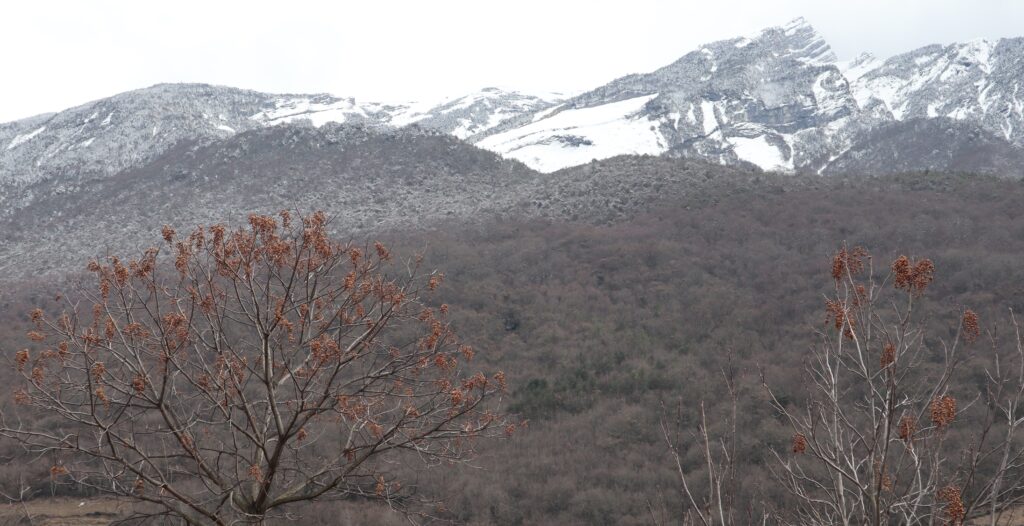


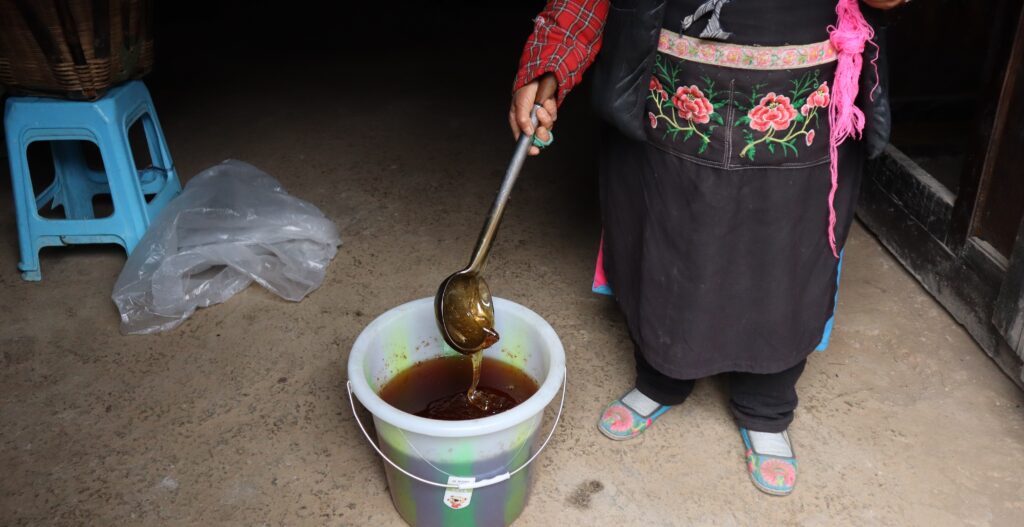




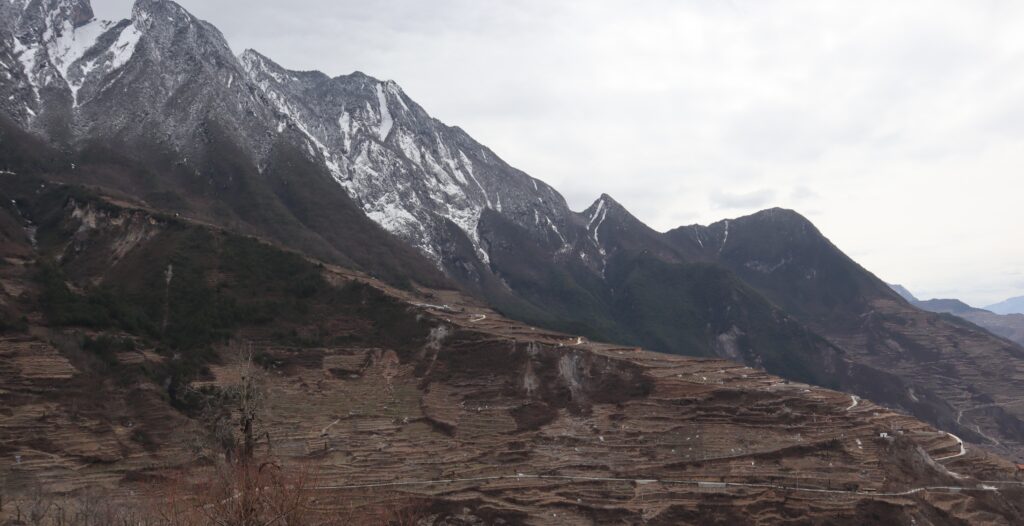

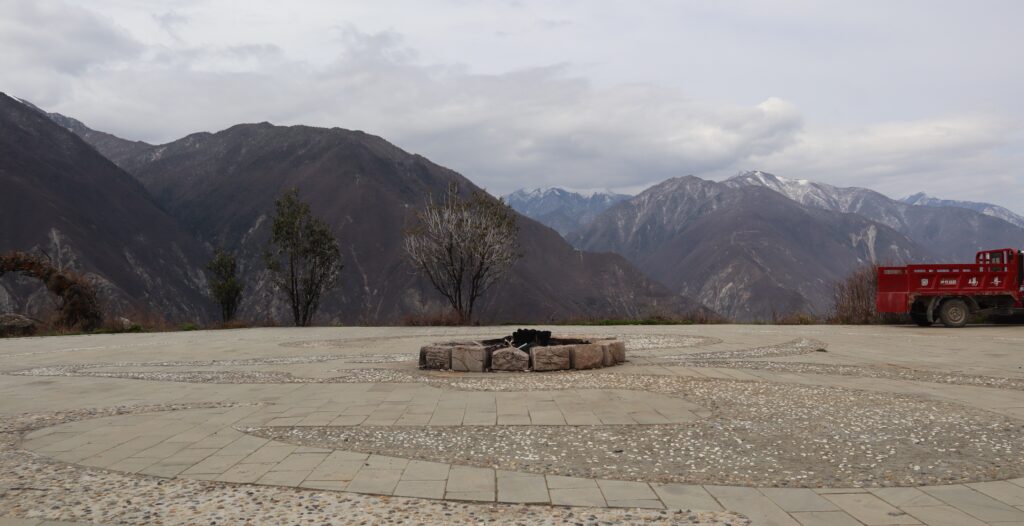

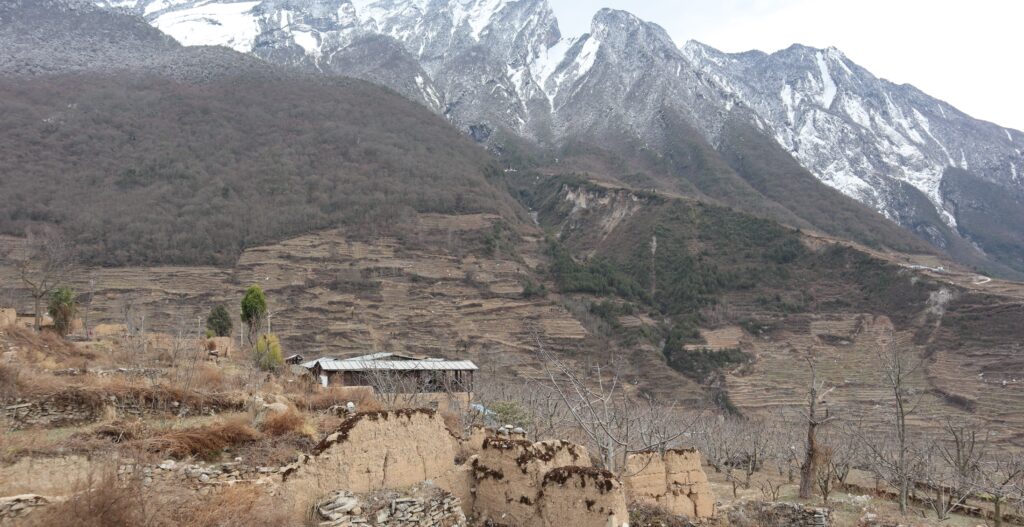


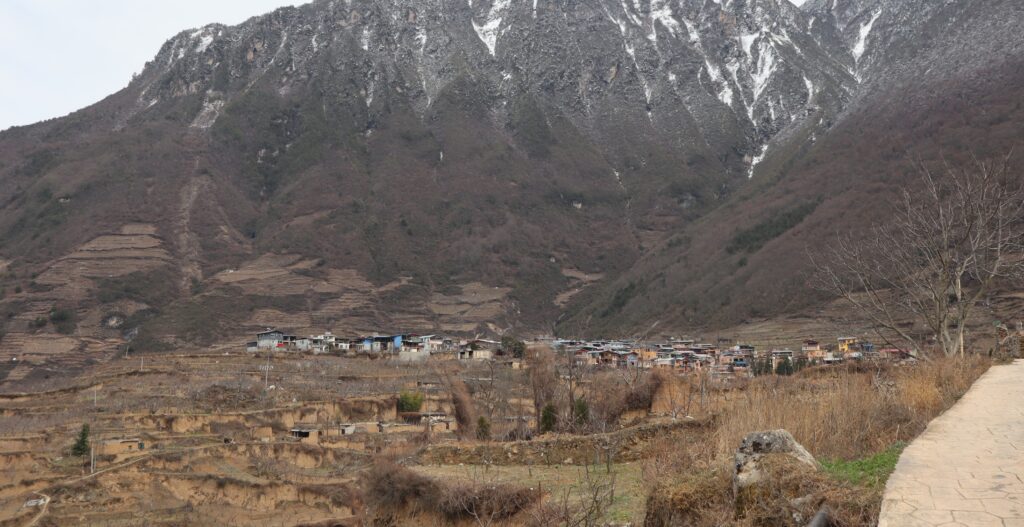

I do hope to explore Wenchuan a bit more, although it might be some time before that happens. Specifically, I want to unravel the “central” urban area. The countryside is more or less reminiscent of what I already am blessed to experience in Maoxian, yet the tiny beating heart is oddly unique. In the slightest of ways, like a little playground. You’d know what I mean if you saw.


Leave a Reply